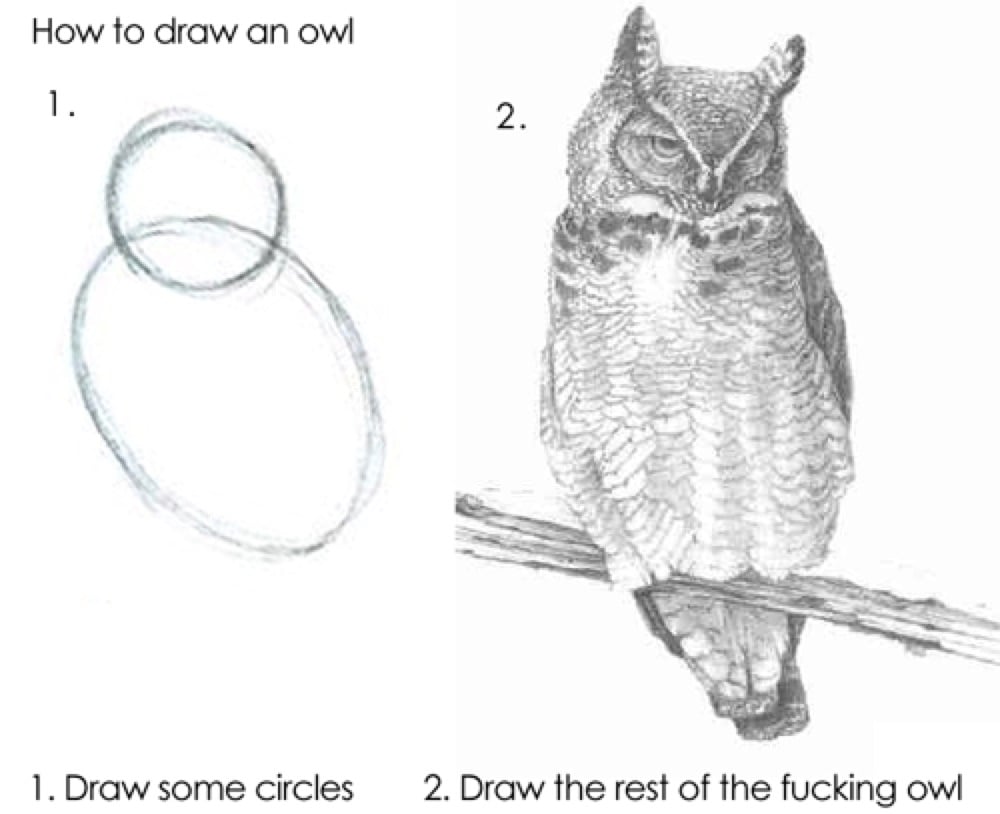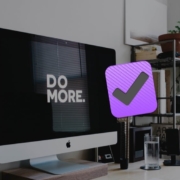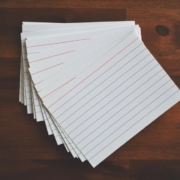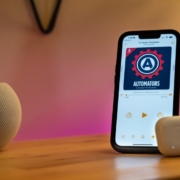Writing for Remote Learning
As powerful and fun as video content can be, written communication is the most reliable, accessible, and editable format that you can use to communicate with your students. Take it from a person who grew up hating writing assignments because I was so bad at them, the written word is powerful and deserves your effort. Improving your writing improves your lessons, emails, assessments, handouts, and more.
For the past decade, I have been teaching in a very student-centered program that is designed to develop student self-efficacy and autonomy. While there are plenty of times where I am explaining content or working with students in small groups, the bulk of the student task management/directions occurs via detailed written procedures.
In an effort to encourage my students to use their resources, and at the same time improve my writing skill, I have had the following policy in my class that you can adopt at your own discretion:
If I can answer your question by pointing at the directions, you/your group will lose 10% on the assignment. If you find a mistake or ask a relevant question that should be addressed in the directions, you get 10% extra credit on the assignment.
Before you get worked up, I work with highly capable and motivated students so this is not a predatory policy. I have never actually taken away credit, mainly because students read the directions very closely and help each other; but I have given tons of extra credit. Each time hearing how students interpreted the statements was illuminating and influenced my future writing.
This post includes the remote learning applicable lessons that I have learned from a decade of this style of teaching and growth.
Writing
This section is full of technology agnostic, universally applicable tips that will help you write actionable, stand-alone directions for your students.
Linear
Unless you are Quinten Tarintino (in which case, did you know Zed makes an LMS now?) you experience time in a linear fashion and your students do too. Your instructions for students should also match the flow of time.

It just makes sense, but too often teachers I observe try to get clever and build in a big reveal at the end or feel like learning is too organic of a process and can not be defined by a set of steps. I don’t think I have ever seen the reveal strategy work for a majority of students in the lesson, and linear directions do not forbid improvisation, if anything they might allow more of it since you always have the thread of your directions to go back to when needed.
Need your students to do something before the lesson starts? Make sure it is the first thing they see. Assigning them homework? Put it at the end of the directions. You get the idea.
Consistent
Of course, it will be linear, but it might take some time to develop the format that works for you and your class. While you should never stop iterating, getting to a consistent location, format, and style is the most important step.
If you write your directions as numbered steps in a Google Doc for one lesson and then a path in a Prezi presentation the next day, students will (knowingly or not) have to spend more intellectual resources to decipher your directions and have fewer left to spend on content. Additionally, you will undoubtedly have to spend more teaching time providing instruction on the logistics of your lesson than if you used a consistent format.

Over the years I have used Google Docs, OneNote notebooks, WordPress websites, Trello boards, and traditional LMSs. No matter the platform, I write lessons using these three forms of emphasis.
Numbered action items. While the numbering certainly provides linearity to the lesson, for me, the numbers also represent an action that students must take (read this article, watch this video, answer these questions, etc). Students must do all numbered steps, in order, every day.
Bulleted details are always attached to a numbed step in the form of sub-bullets. I use sub-bullets to add qualifications, clarifications, or modifications, to a numbered step. This allows the numbered step to be clear and concise while allowing me to modify as needed without cluttering up directions.
Bold emphasis is used to identify something that must be turned in. I call these deliverables in my classroom, and they are usually the name of the assignment in our LMS that students must upload a file to or otherwise submit a response to. Restricting the use of bold to just deliverables, minimizes the use of emphasis on the display and thus makes each use of bold stand out a lot.
Simple
There is a misattributed Mark Twain quote which goes along the lines of “I sat down to write you a short letter, but I didn’t have the time, so I wrote you a long one instead” many people have shared the same sentiment over time, but I like the quasi joke form of this one.
Writing clear, simple, and concise directions takes a while, even if you develop this skill over time. However, it is more than worth said time. Having students work without asking questions about what you just said, and actually doing things right, is a fantasy that you can live too!
Single actions for each numbered step. If you have never seen the meme below, I guarantee your students have. Maybe not the picture, but certainly in the form of directions from their teachers. Having step two be “do the project” might be clear, simple, and concise, but there are a lot of details left out!
Don’t be afraid of having a lot of steps in your procedure. You will have to make a decision and reflect on how many steps, and how fine-grain your students need those steps to be, but keep your numbered steps focused on one thing at a time.

Single point per bullet. Same as with the numbered steps, each modification, addendum, etc should be its own sub-bullet. If you need a lot of sub-bullets, you might what to rethink how you wrote your numbered step. I rarely have more than three sub-bullets.
I encourage you to find a system that works for your brain and curriculum. It took me a decade and I am still working on it, but it has been worth every second, and my students benefit from this work every day.
Technology
I have made a YouTube video and an associated blog post about how I use Drafts and it’s awesome automation power to write my lesson plans, check out the video below and the post for more information.
If you are not in the Apple ecosystem, you can also look at the power of Microsoft Word or Google Doc templates to help you structure your documents for your lessons.
Conclusion
I hope this helps you write lessons that improve student outcomes, and reduce the number of times you have to repeat directions to students. I hope you use that time and energy to create something new or take care of yourself.
Leave a comment if this helped you, or if you think I left something out!












Leave a Reply
Want to join the discussion?Feel free to contribute!